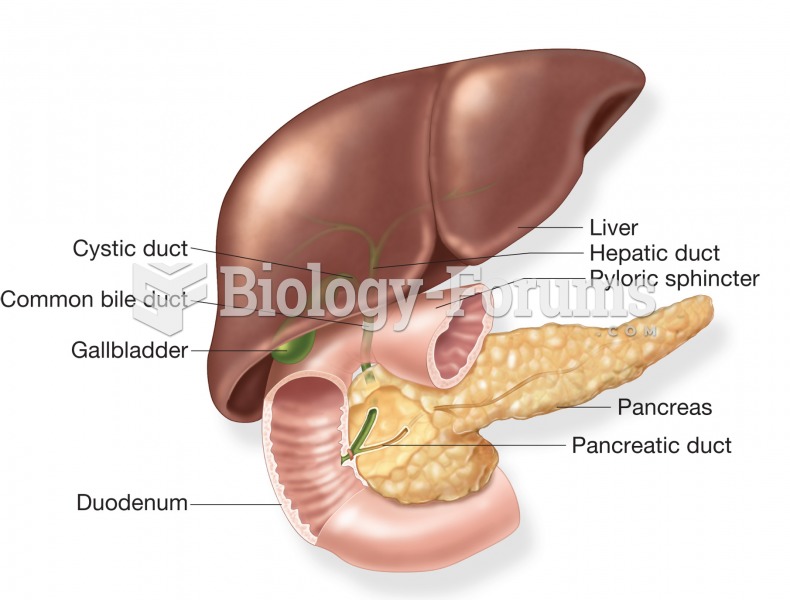|
|
|
Did you know?
The Babylonians wrote numbers in a system that used 60 as the base value rather than the number 10. They did not have a symbol for "zero."
Did you know?
Increased intake of vitamin D has been shown to reduce fractures up to 25% in older people.
Did you know?
Excessive alcohol use costs the country approximately $235 billion every year.
Did you know?
The average office desk has 400 times more bacteria on it than a toilet.
Did you know?
Green tea is able to stop the scent of garlic or onion from causing bad breath.







